Navigating a bankruptcy process can be complicated, especially when deciding between Chapter 7 and Chapter 13. Although both offer financial relief, Chapter 7 focuses on liquidation and discharge of unsecured debts, while Chapter 13 involves a repayment plan. In this guide, we explain the steps for filing for Chapter 7, when it is the right option and how it differs from Chapter 13.
8 Steps to Apply for Chapter 7 Bankruptcy
- Evaluate Your Eligibility (Means Test)
- The Chapter 7 means test determines if your income is low enough to qualify. It compares your gross income over the last six months to the state median for a family of your size. If your income is below the limit, you qualify. If not, you might still pass by subtracting allowed expenses.
- Complete Credit Counseling
- Before filing, you must complete a credit counseling session with an agency approved by the U.S. Trustee Program. This mandatory session ensures that you understand your financial options.
- Prepare Bankruptcy Forms
- Compile and disclose details about your debts, income, monthly expenses, assets, and recent financial transactions. These forms, along with your bankruptcy petition, are filed with the local bankruptcy court.
- Pay Filing Fees
- The filing fee for Chapter 7 is $338. If you can’t afford it, you can request a waiver or pay in installments.
- File Your Bankruptcy Petition
- Once filed, your bankruptcy case officially begins, and the court issues an automatic stay that halts creditor actions, such as wage garnishments, lawsuits, and repossessions.
- Attend the 341 Meeting (Meeting of Creditors)
- You must attend this hearing, where the trustee reviews your case and asks questions about your finances. Most meetings are straightforward and last less than ten minutes.
- Complete the Financial Education Course
- Before receiving your debt discharge, you must complete a second course focused on financial management.
- Receive Your Debt Discharge
- In approximately four months, the court will discharge your eligible debts, freeing you from the obligation to pay them.
When to Choose Chapter 7 vs. Chapter 13
Chapter 7
- Ideal for:
- Individuals with little to no disposable income.
- Those with primarily unsecured debts, such as credit cards, medical bills, or personal loans.
- People seeking a faster resolution (usually four months).
- Key Features:
- Cancels most unsecured debts.
- Does not require a repayment plan.
- May involve selling non-exempt assets to pay creditors.
Chapter 13
- Ideal for:
- People who want to keep their homes, cars, or other secured assets but need time to catch up on payments.
- Those with regular income who don’t qualify for Chapter 7 due to higher earnings.
- Key Features:
- Involves a 3–5 year repayment plan for creditors.
- Allows restructuring of certain debts, potentially lowering payment amounts.
- Protects against foreclosures or repossessions.
If you’re looking for an efficient solution to eliminate unsecured debts while meeting the necessary requirements, following the proper steps to file for Chapter 7 is essential. From evaluating your eligibility to preparing documents and attending the creditors’ meeting, each stage requires careful attention.
If you still have questions, contact us. At Pagan López, we will ensure you have all the legal support you need. Our team is here to guide you and simplify the process, providing you with the peace of mind you need during this crucial time. Reach out to us today.





